
PREV ARTICLE
NEXT ARTICLE
FULL ISSUE
MORE ON THE CENTRAL AMERICAN UNION PACTBrian Stickney writes: Reference your recent comment that you would like to have more information regarding the 1890 gold Guatemalan medal for the Pact of Union - the below comments are drawn from: A Monetary History of Central America. 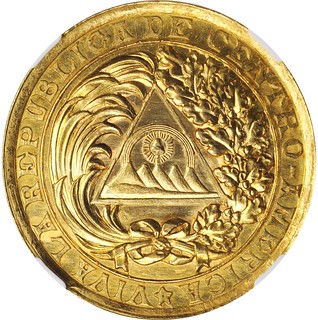 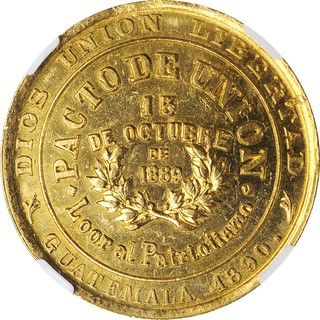 "The political origins of the medal date back to as early as 1871 when liberal, revolutionary forces under the command of generals Miguel Granados and Justo Rufino Barrios overthrew conservative forces which had been in power for 30 years. Granados assumed the presidency, renouncing that office in June, 1873, allowing Barrios to follow in his footsteps. Barrios became one of Guatemala's more charismatic leaders of the nineteenth century, retaining power until his death in 1885. "Politically speaking, Barrios harbored delusions of grandeur, promoting the proposition that the Central American Federation (1825-1838) should be restored under his leadership, incorporating the states of Costa Rica, El Salvador, Guatemala, Honduras, and Nicaragua. Failing to convince others by diplomatic means, Barrios announced the restoration of the Federation on February 28, 1885, declaring himself the commander of the "united" army. The other countries failed to accept the proposition, even lobbying Mexico to intervene in the event of hostilities. As it turns out, intervention was unnecessary. Barrios invaded El Salvador but was killed at the battle of Chalchupa, April 2nd, thus, eliminating the military threat to force a union. "The political will to unite Central America remained in some quarters, however. But Barrios' successor, General Manuel Barillas, (1885-1892) chose to pursue the concept of union through diplomatic means. A Pact of Union was successfully concluded October 15, 1889, commemorated by the striking of the gold medal at the mint in Guatemala. Copper and silver issues also are reported. In hopeful anticipation of union, pattern one and two centavo coins also were struck in copper, probably in Europe. In the end, all was for naught, as the Pact failed to be ratified by all five countries then making up Central America. " Thanks! Sometimes things that don't happen are more interesting than things that do. It's nice to have these numismatic reminders. Brian also provided these images of the pattern coins; originally from Almanzar's Coins of the World, republished in the book A Monetary History of Central America, by the American Numismatic Society. -Editor 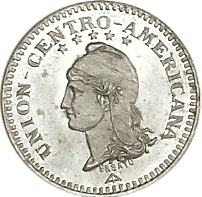 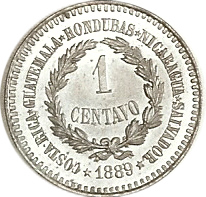 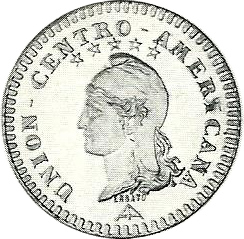 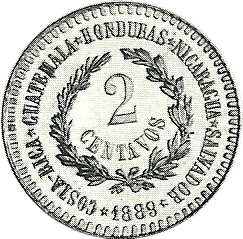 To read the earlier E-Sylum article, see:
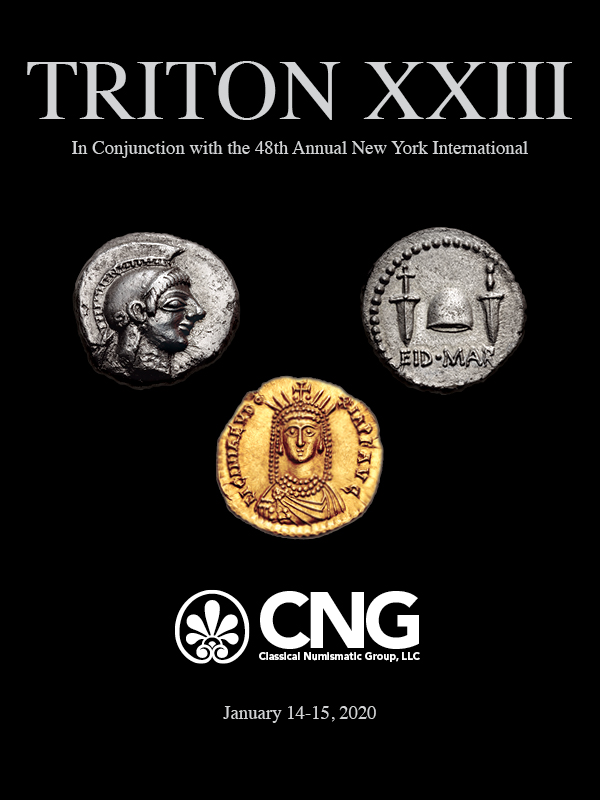 Wayne Homren, Editor The Numismatic Bibliomania Society is a non-profit organization promoting numismatic literature. See our web site at coinbooks.org. To submit items for publication in The E-Sylum, write to the Editor at this address: whomren@gmail.com To subscribe go to: https://my.binhost.com/lists/listinfo/esylum All Rights Reserved. NBS Home Page Contact the NBS webmaster 
|